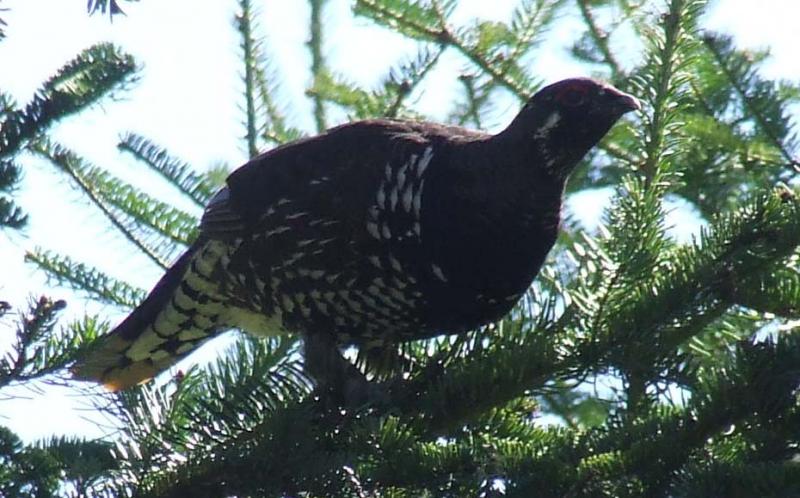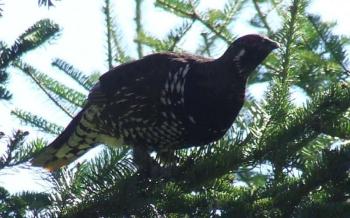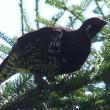Maine’s boreal specialties
Maine is well known and loved for its Atlantic puffins and common loons, bald eagles and ospreys.
Among birders, Maine is also famous for its so-called “boreal specialties” — species that reach their southeastern range limits in the northeastern states that border Canada.
These include the apt-named boreal chickadee and spruce grouse, whose year-round distribution extends northward from Maine across the vast boreal forest region of Canada and Alaska.
Other species that have the same distribution include the gray jay, sometimes called the Canada jay, which looks a bit like a giant chickadee, and the black-backed and three-toed woodpeckers.
Here in Maine these species are usually specialists of extensive stands of spruce-dominated woodlands around bogs and streams or higher-elevation mountainous terrain.
To have the highest likelihood of finding them, a birder must generally travel north to places like Rangeley, Moosehead Lake, and Baxter State Park, or east to Washington County. There are, here and there, outposts where some of the species can occur slightly farther south or west then these locations, if you know where to look.
For example, spruce grouse do occur on Mount Desert Island but are rarely seen by birders, and we have heard that at least one is seen irregularly around the Orono Bog near Bangor. We have seen boreal chickadees as far west as North Haven Island in Penobscot Bay, and now and then a wandering black-backed woodpecker shows up farther south, as one did near Phippsburg a few years ago.
We had the pleasure recently of looking for boreal specialties ourselves with friends in the Kennebago area near Rangeley. Even before we arrived at our rendezvous spot, a male spruce grouse paraded in front of us along the dirt road. Spruce grouse are often, like many boreal specialties, quite tame, and this one let us approach very close in the car, so we had stunning views of him as he flew up into a spruce tree and began picking spruce needles for his dinner.
Later, a gray jay came flying in when we made some barred owl imitations. Gray jays are well-known to hang around camps looking for handouts of leftovers or even taking food when the humans aren’t watching. This habit is an extension of a behavior that has allowed them to survive the harsh northern winters across their range—a tendency to follow both human hunters and other predators like wolves, hoping to be nearby when a kill is made.
After a kill, whether by human or animal predator, there’s always some parts left over that gray jays can consume. (An aside: some backwoodsmen call the gray jay the “whiskeyjack.” We never knew the derivation of that name until recently when we discovered that many native American cultures in Canada still know the gray jay as various similar names like “wiskedjak,” “whiskachon” and “wisakedjak.”)
It’s interesting to consider why some of these “boreal specialties” don’t occur farther south in Maine along the coastal peninsulas and islands that have spruce-dominated forests like those of northern and eastern Maine.
We guess that this is in part because much of the forests in this area of the state were cleared for firewood and pasture and lost their original populations of these specialist species. Today, although many islands and peninsulas are gaining more older spruce forest cover, there may not be any populations near enough and large enough for young dispersing individuals to settle the new habitat patches.
So you’ll have to take that trip farther north if you want to see these birds, and it’s well worth the trip.
Event Date
Address
United States

























